In Kashmir, generations of children have grown up amidst politically charged surroundings and anxieties of survival. It is often said in jest, colloquially, that a Kashmiri child holds more nuance in the tip of their little finger than an adult in the Indian mainland. The minds of children are impacted by their environment and the people that surround them. Philosophers have even said that children are born into the world as blank slates. As they grow older these impressionable minds both acquire from and adapt to their surroundings.
In addition to this, there is an ominous gaze which heightens the vulnerabilities of Kashmiri people. However, children aren’t mere witnesses to such transgressions in Kashmir. Their bodies are sites upon which various degrees of violations occur as well. 18 month old Hiba Nisar became Kashmir’s youngest pellet victim in 2018.
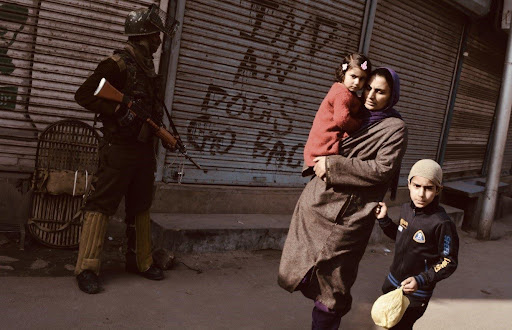
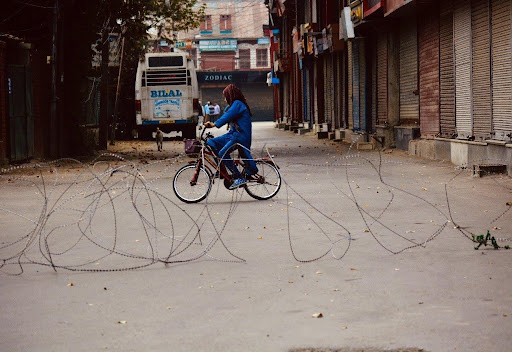
These pictures examines the various ways in which children of the valley navigate their (extra)ordinary childhoods. Ranging from the schools begin closed for months altogether, to the heavy military presence in their vicinities, losses that Kashmiri children bear have been integrated into their social fibre, the language of violence is internalised, and it seeps into what they see and say every day- halaat kharab (tense situation), firing, encounters etc.
A rather startling example of this imposition of violence was when a 3-year-old toddler who became the lone witness to the brutal killing of his grandfather by armed personnel as per his family members. In a video that surfaced on social media, the child was heard describing the incident, “unko police wale ne goli mari, wo mar gaya…police wale ne thak thak kia…thak thak thak thak thak.” (He was shot by the policeman, he died, the policeman did- imitates gunshots).

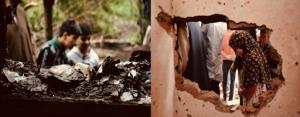
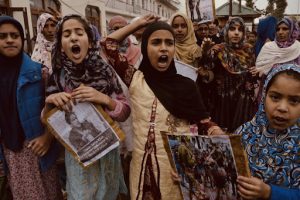
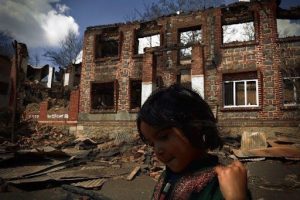
Nuqta | Copyright 2023